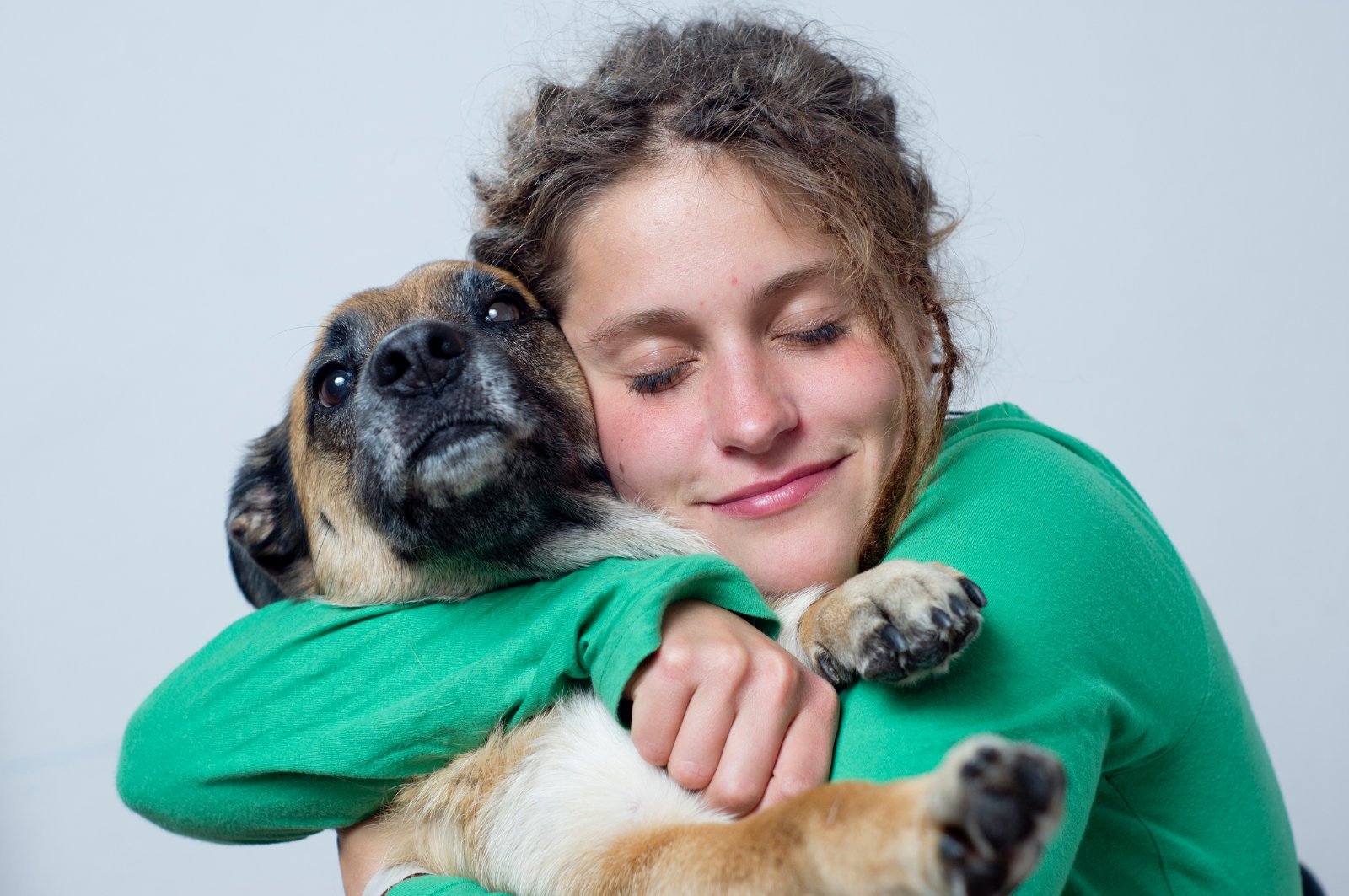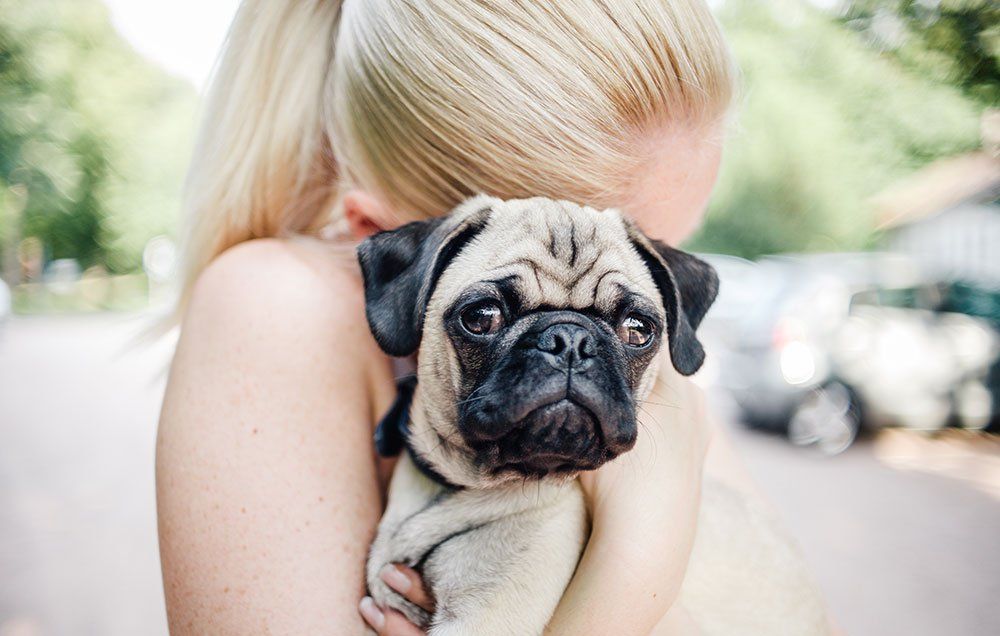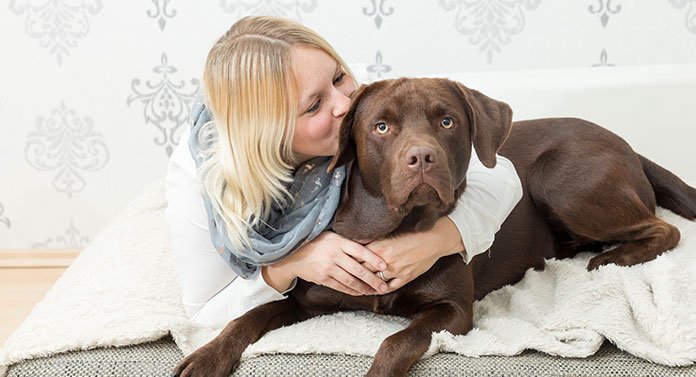
As dog owners, hugging our fur-child is just one of the many ways you can show affection to your pet. In turn, this hug makes a dog owner feel happy and relaxed. Have you ever considered the dog’s own sense of comfort and relaxation? As dog owners, we need to understand the science of why dogs actually do not like your hugs and how you can tell if your dog is being uncomfortable.
Author and dog expert Patricia McConnel studied the anatomy and physiology of canines. She also studied their facial expressions and body language. In her book “For the Love of A Dog”, she has at least 50 photos of kids hugging dogs and in not one of them does the dog look happy.

Why don’t dogs like our hugs?
According to Doggone Safe, a respected non-profit dedicated to educating on safe human-canine interactions, “There are few if any dogs who enjoy hugs the way kids do it, which is to clasp the dog around the neck and hang on. This is very threatening to a dog. The fact that the dog is uncomfortable or even feeling a threat and the proximity of the child’s face to the dog’s teeth makes this potentially very dangerous. This is why we recommend that parents teach children to show affection to the dog in ways that do not involve hugs and kisses”.
How can you tell if your dog does not want your hug?

Recent research done by Dr. Michele Wan revealed that people have trouble reading negative feelings in dogs, especially fear and anxiety. In fact, it is only those more experienced with dogs who tend to pay attention to subtle changes, such as a dog’s ear position, as a clue for a dog’s emotional state. Yet ears, eyes, lips, tongue, even the way a dog leans can all reveal what a dog thinks about something like a human hugging them. Tell-tale signs of stress such as squinting eyes, lowered ears, avoiding eye contact, lip-licking.
Do you need to stop hugging your dog?
Not entirely! As long as you check out the signs of stress your dog may be experiencing, then feel free to do so. There are also times that dogs still feel like cuddling you, as one of the many signs that your dog is deeply bonded to you.
Be sure to also take the time show your children how best to hold and hug your dog, remember, always avoid the neck area.
